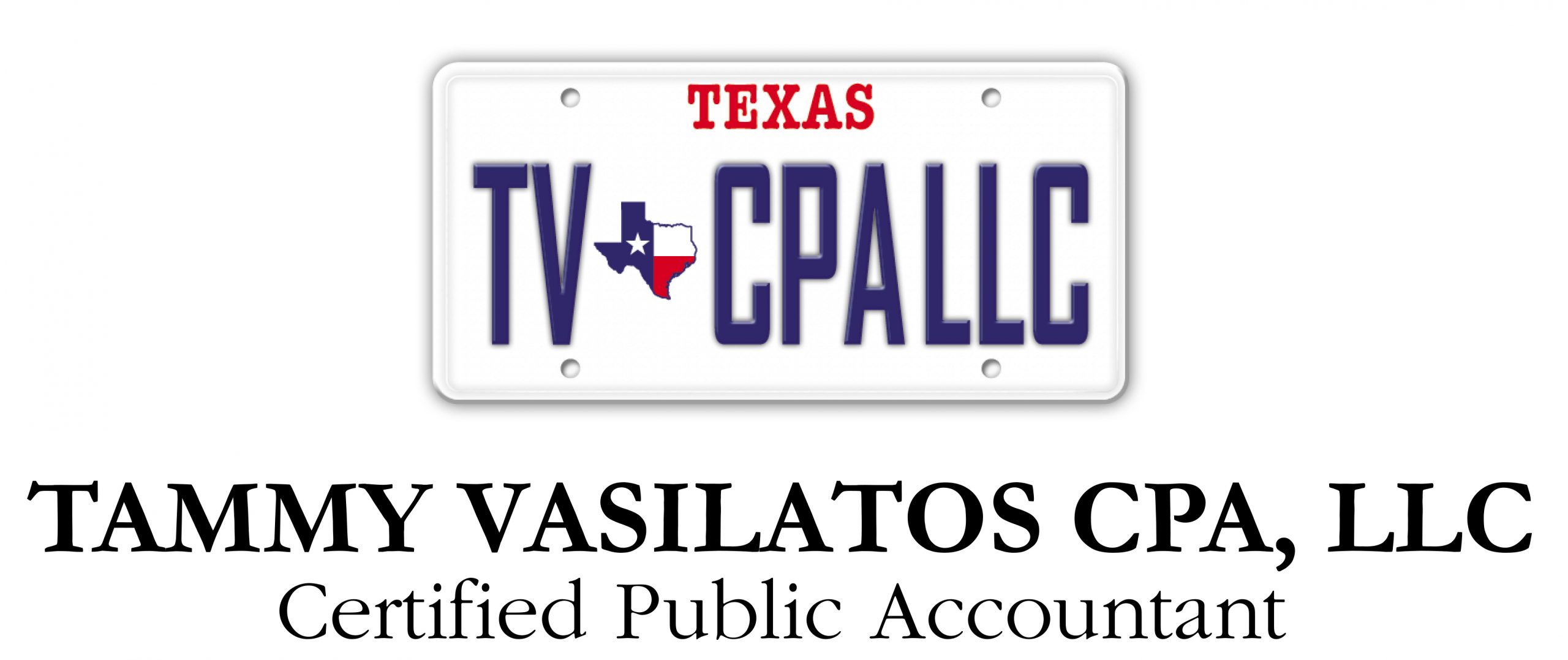The bright pink house for sale was an eye-catcher. Built in the 1960s, this not-really-updated two-bedroom, one-bath house was purchased in 2001 for $100,000. In 2019, the asking price was $300,000, but it did not sell. Fast forward to 2021, and during a pandemic, the same house sold for $400,000. Could this little gem of construction really have increased so much in value in a couple of years? Or possibly was it the fact that it was on an extra-wide waterfront lot?
Suppose that this pink house was an income-producing property for the seller. When the property was originally acquired, the purchase price would have been allocated between the land and the building so that the building could be depreciated. Typically, in this situation the owner wants to be able to allocate as much purchase price as possible to the building so that the cost can be recouped (albeit ever so slowly) by depreciation. Often, this allocation is an afterthought and is done using the 20/80 rule of thumb (20% of the purchase price to the land and 80% of the purchase price to the building).
To calculate the gain on a sale, the same principle applies — the sales price needs to be allocated between the land and the building. Again, this allocation is typically done as an afterthought and, quite frankly, at the time the return is being prepared, potentially more than 1½ years after the sale. Here is where tax practitioners have a responsibility to advise their clients as to the significance of the land/building value allocation and what it means to the client’s tax bill.
Depreciable real estate, whether residential or commercial, that is used in a trade or business is Sec. 1231 property. The sale of Sec. 1231 property results in taxation at capital gain rates if there is a gain and ordinary income rates if there is a loss. Property owners are typically aware of the favorable tax rates they are allowed upon sale, but just like the rules of grammar, there is usually an exception to the rule. For depreciable real estate, the exception is in Sec. 1250, which provides that to the extent of depreciation taken (or allowed), the gain on the real estate sale is taxed at ordinary rates up to 25%. Depreciable real property is taxed at 25% up to the amount of depreciation taken and then taxed at capital gain rates. On the other hand, land is also Sec. 1231 property, but because it is not eligible for depreciation, it is not Sec. 1250 property.
To return to the little pink house on the extra-wide waterfront lot, which this analysis supposes is rental property: This more-than-50-year-old house was sold for four times its purchase price 20 years after acquisition. The tax practitioner likely did an easy 20/80 allocation to establish the house value for depreciation purposes. It would be easy enough to do the same for the sale and call it a day. The firm has other returns to get done, and this is just one more it can check off its list.
Under this approach, gain would be calculated on the sale first by allocating $320,000 of sale proceeds to the house and $80,000 to the land. Remember that the initial purchase price of $100,000 was allocated $80,000 to the house and $20,000 to the land. Assuming no closing costs and $60,000 of accumulated depreciation (for ease of calculation), the Sec. 1250 gain is $60,000 and the Sec. 1231 gain is $300,000 ($240,000 for the house and $60,000 for the land). Using the maximum capital gain rate, the tax on the sale is $75,000 (Sec. 1250 gain of $15,000 ($60,000 × 25%) and Sec. 1231 gain of $60,000 ($300,000 × 20%)). But is this really in the client’s best interest? Remember, it is the tax practitioner’s responsibility to advocate for the client.
In reality, the purchaser of this property has little to no interest in the ’60s-style pink house. The real value of this property lies in the large waterfront lot (sunsets included). With this in mind, a tax practitioner can rethink the purchase price allocation of the $400,000 sale proceeds and potentially allocate $20,000 to the house and $380,000 to the land. Using this method, the gain on the house is $0, and the entire $360,000 gain ($380,000 — $20,000) is on the land at capital gain rates. The resulting tax is $72,000 ($360,000 × 20%), a $3,000 cash-in-pocket savings over the 20/80 allocation method. Not only has the tax practitioner saved the client $3,000 (possibly more than the cost of the invoice), but he or she is also a tax hero, bound to receive numerous referrals from a happy client.
Note that it is important to properly document the allocation of value between the building and the land. Ideally, an appraisal would separately state the land and building values. Often, the tax practitioner finds out about a sale after the fact, and such an appraisal is not practical. In this case, the practitioner may look to the county tax assessor’s allocation, the advice of a knowledgeable real estate professional, or even an estimated replacement cost for the building (see Meiers, T.C. Memo. 1982-51).
In a year when real estate prices are soaring in many areas of the country, these easily overlooked allocations can have a significant tax impact. The above example is a relatively small dollar amount for real estate, and the tax savings could easily be multiplied for larger, more valuable properties. By using the proper land/building value allocation, tax practitioners can continue to do their best for clients.
EditorNotes
Todd Miller, CPA, is a tax partner at Maxwell Locke & Ritter in Austin, Texas.
For additional information about these items, contact Todd Miller at 352-727-4155 or taxclinic@cpamerica.org.
Contributors are members of or associated with CPAmerica Inc.

